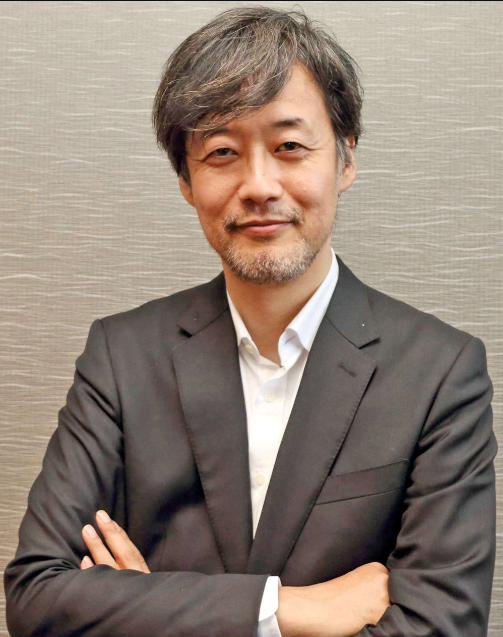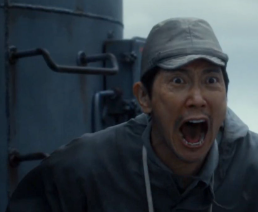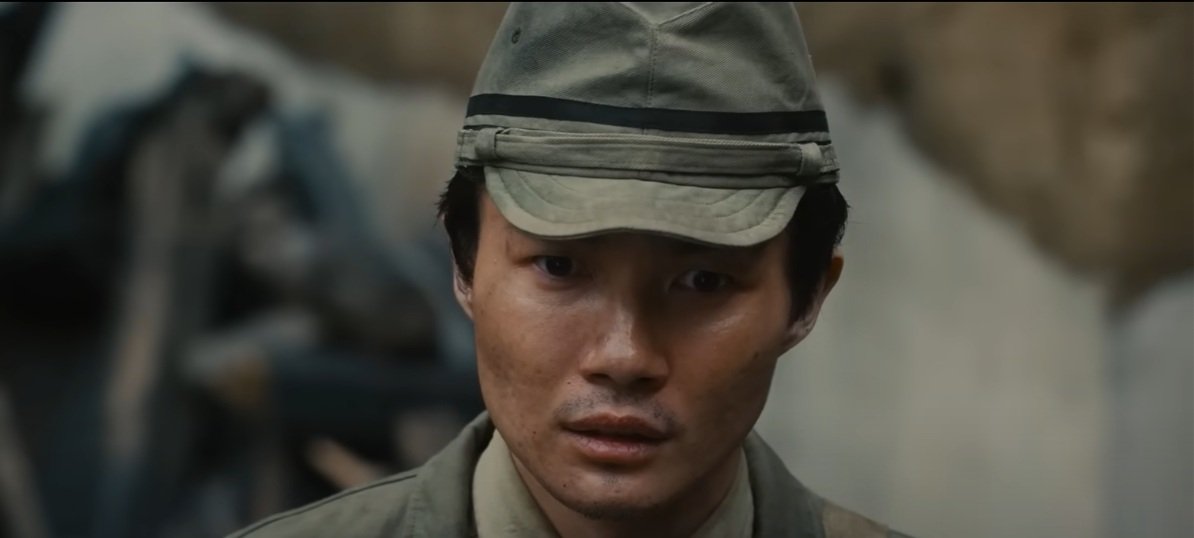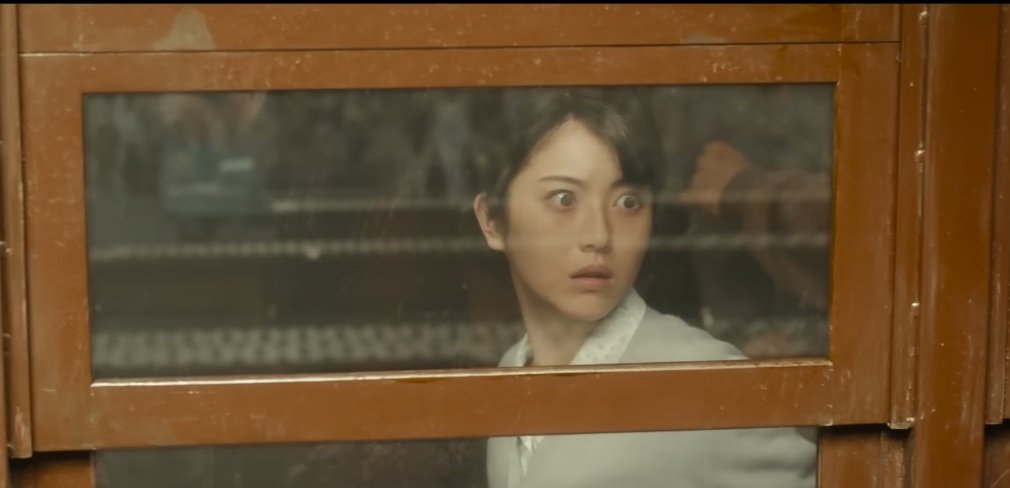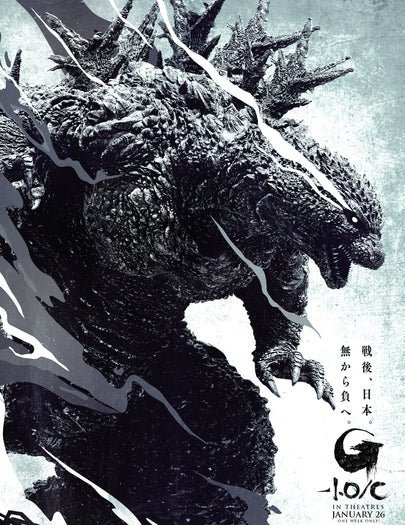Godzilla Minus One: Why Godzilla is Still King!!!
Josh B.
When Godzilla Minus One was announced, I was beyond excited. The last Japanese-made Godzilla film had been 2016’s Shin Godzilla, a film that gave us a wholly unique take on the King of the Monsters, as well as a scathing indictment of the consequences of government bureaucracy and how slow it can be to act in times of crisis. Now, seven years later, Japan brings us their next Godzilla film, and one that in my opinion, may just be the best that’s ever been produced in his seventy-year lifespan. I realize that’s a bold statement to make, and that’s why I’m going to take you through my thoughts right here in this review.
Godzilla Minus One is directed by Takashi Yamazaki (right), a name probably unfamiliar to western audiences. However, the man is known for producing spectacular period piece drama films and has been intertwined with Godzilla ever since his 2007 film Always: Sunset on Third Street 2 featured the world’s first fully CGI Godzilla in a dream sequence. Toho, Godzilla’s parent company, clearly took a liking to Yamazaki as they later partnered with him again to produce Godzilla the Ride: Giant Monsters Ultimate Battle in 2021, a virtual reality theme park attraction with a newly designed Godzilla looking very similar to how he does in this new film. All this is to say that Yamazaki has been with the Godzilla series for a long time, and he’s clearly had a plan in mind for a while. Yamazaki’s love of Godzilla finally gets its day in the sun with Godzilla Minus One.
Godzilla Minus One follows the story of Koichi Shikishima (played by Ryunosuke Kamiki), a soldier who, at the end of World War II, abandons his mission as a kamikaze pilot. He is set to return home, only to be beset upon by a giant beast – Godzilla himself. Godzilla wipes out everyone at the aerial base Koichi landed at, leaving he and mechanic Sosaku Tachibana (played by Munekata Aoki) the lone survivors. During the attack, Koichi had the chance to fire on Godzilla, but couldn’t, as he was paralyzed with fear. Koichi returns home, only to find his childhood home in ruins after the firebombing of Tokyo by the Allied forces, and his parents dead. As Koichi tries to pick up the pieces of his life, he encounters a young woman named Noriko Oishi (played by Minami Hamabe), and the baby she rescued from Tokyo’s rubble, Akiko (played by Sae Nagatani). The next few years play out, and Koichi is able to build his life back up – he builds a new house for he, Noriko and Akiko to live in. He gets a job disarming sea mines off the coast of Japan. Things are looking up for Koichi – and that’s right when a newly mutated Godzilla reenters his life.
Notice how little I discussed Godzilla in that brief plot synopsis? It’s because Godzilla Minus One has the distinction of having some of the most compelling human characters in the history of the franchise. Koichi Shikishima’s personal journey of loss and survivor’s guilt is absolutely entrancing, thanks in no small part to Ryonosuke Kamiki’s performance. His heart-wrenching emotionality commands every scene that he’s in. You can absolutely feel what he’s thinking – this is all because I didn’t shoot Godzilla. Every single death Godzilla causes is my fault. This Godzilla film has acting so good in it, that it made me cry. Repeatedly. Let that sink in – Godzilla, a franchise people associate with goofy, late night monster mashes and over-the-top acting, made.... Me. Cry.
Japan knows how to treat the franchise they created with the reverence it deserves.
King Of Monsters: Godzilla
That’s not to say that Godzilla is an afterthought in Minus One, far from it. In fact, Godzilla here has a presence on screen like you’ve never really seen before. This Godzilla is not a hero, nor a villain. He’s an animal, and he is terrifying. Every single scene he appears in, my heart was racing. Any time this monster appears on screen, it means people are going to die. A lot of them, and it feels like there’s nothing you can do to stop it. The film expertly conveys the powerlessness of humanity in the face of an entity like Godzilla. Every scene he appears in could mean the end of the characters we’ve seen in this film, the ones we’ve watched build their lives back up after the war. Suddenly, the stakes feel that much more real because we’ve been on the ground with these people the whole way through. I can’t overstate just how well Godzilla Minus One has produced its characters. All of them are so well-developed, sympathetic, and likable, that it makes me question the past seven decades of films we’ve gotten up to this point. I left the theater thinking “You mean we could have had a movie like THAT the whole time?!”
It should go without saying at this point that I loved Godzilla Minus One. It was my favorite film of 2023, and one that I saw in theaters four separate times. And I’ll probably see it again in the coming weeks when the black and white version, Godzilla Minus One – Minus Color, makes its American debut. I cannot physically recommend this movie enough. If it is still in theaters while you are reading this article, go see it. If you love Kaiju, go see it. If you love period pieces, go see it. If you believe in humanity’s inherent good and the belief that despite all the hardships in this world we can survive and deserve to survive, well… then I’d say you’ve already seen the movie. But see it again anyway! I give Godzilla Minus One a resounding five stars out of five. I can’t wait to see what Japan cooks up next for their one true King of the Monsters.




